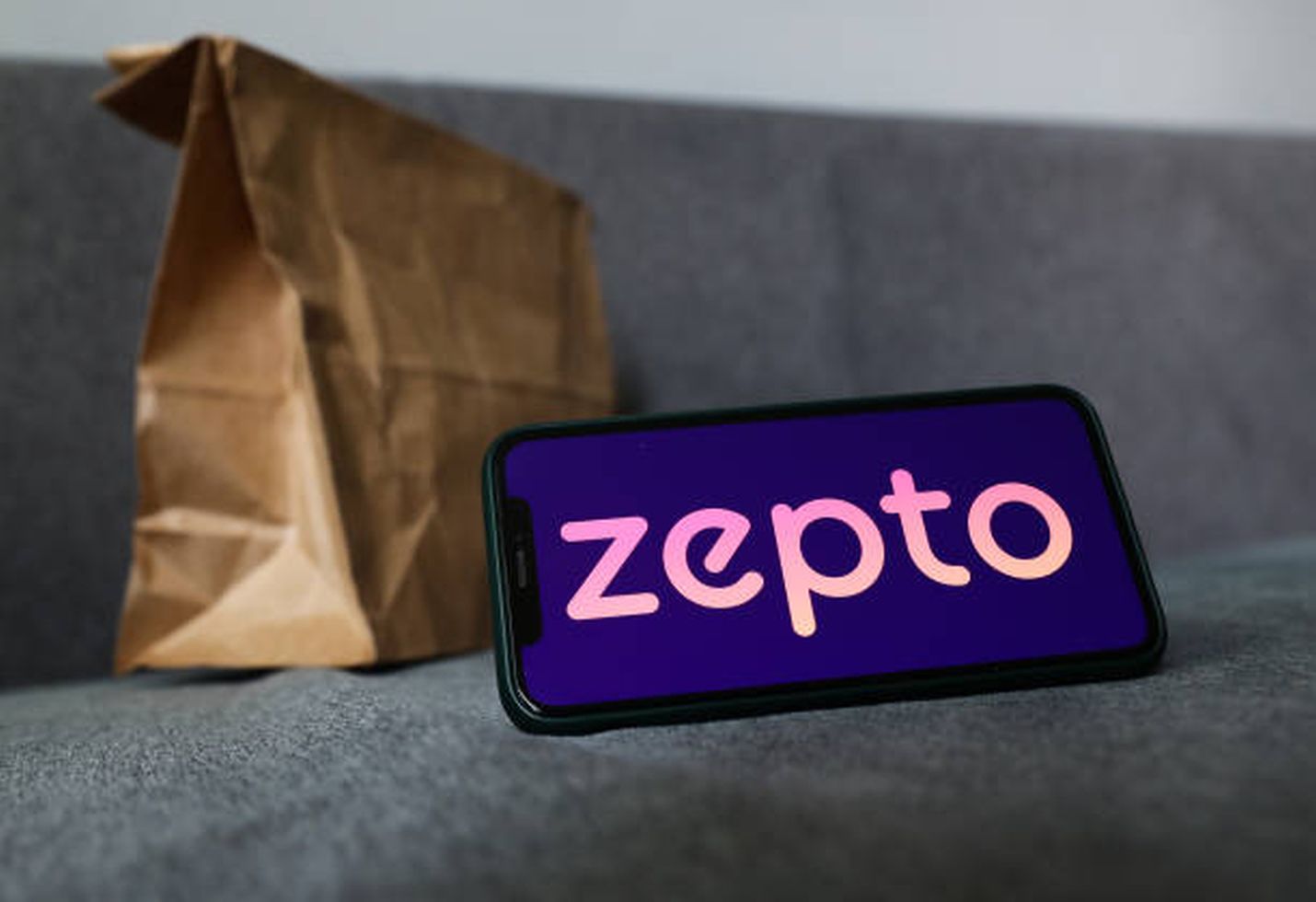iPhone Component Maker’s Shares Tumble After Profit Warning
Key iPhone supplier signals trouble, highlighting challenges from slowing demand and global trade tensions.
Stock Plunge Follows Revised Earnings Outlook
Yesterday, May 1st, the stock price of Japan’s Murata Manufacturing Co., a key supplier of components for Apple’s iPhone, saw a sharp decline, falling by up to 18%. The steep decline was triggered by the company’s announcement of a profit warning, which also indicated that the financial impact of U.S. President Donald Trump’s tariffs has not yet been fully incorporated into their projections.
This single-day downturn marks the most substantial decrease in the company’s stock value in a quarter-century, with a similar level of decline last seen in 2000. Murata, a key producer of multilayer ceramic capacitors, now anticipates a net profit reduction of approximately 24% for the fiscal year ending in March 2026.
Factors Contributing to Profit Warning
The company has attributed this revised financial outlook to a combination of factors. These include a slowdown in demand for components used in both the automotive and smartphone industries, coupled with the ongoing effects of tariffs imposed by the United States. Furthermore, the strengthening of the Japanese Yen has added downward pressure to the company’s financial forecasts.
Murata has also signaled the potential for further reductions in earnings, emphasizing that its current projections do not account for the full impact of the U.S. tariffs. In a recent earnings discussion, President Norio Nakajima explained, “Each percentage point by which demand falls short of our projections translates to a ¥5 billion reduction in revenue.”
Market Reaction and Industry-Wide Implications
The news prompted a rapid and significant sell-off, driving Murata’s shares to a five-year low in Tokyo trading. Murata is widely viewed as a leading indicator of demand trends in the broader consumer electronics sector, given that its components are found in a wide range of devices produced by major global brands. These include products from Apple, Samsung, Nvidia, and Sony, including its game consoles.
Analyst Concerns and Future Projections
Industry analysts have expressed concerns about the potential ramifications of Murata’s updated financial outlook. Pelham Smithers, from the Japan-focused equity research firm Pelham Smithers Associates, suggested that the current fiscal year could be “considerably worse” than currently anticipated. Smithers also noted that while the company had previously benefited from increased demand related to the growth of AI servers, “even there, question marks now exist,” indicating potential challenges across multiple segments of the electronics market.
Underlying Factors Affecting Murata’s Performance
Several key factors are currently influencing Murata’s performance, reflecting broader trends within the global economy and the technology sector:
• Weakening Global Smartphone Demand: The global smartphone market has experienced a slowdown in growth, with consumers extending the lifecycles of their existing devices and facing increased economic uncertainty. This trend has resulted in reduced demand for components used in smartphone manufacturing.
• Challenges in the Automotive Sector: The automotive industry is currently undergoing a significant transformation, driven by the increasing adoption of electric vehicles and ongoing disruptions to global supply chains. These factors have created volatility and impacted demand for various electronic components used in automotive applications.
• Impact of US Tariffs: The imposition of tariffs by the United States has introduced uncertainty and increased costs for numerous companies operating within the global electronics supply chain, including Murata. The full extent of the financial impact from these tariffs is still being assessed.
• Strengthening Japanese Yen: The appreciation of the Japanese Yen has negatively affected the revenue and profitability of Japanese export-oriented companies like Murata. A stronger Yen makes their products more expensive for international buyers, potentially reducing their competitiveness in global markets.
Broader Implications for the Electronics Supply Chain
The present circumstances at Murata highlight the interdependent character of the worldwide electronics supply network. As a critical supplier of essential components, any significant downturn in its performance has the potential to create ripple effects throughout the industry. This could adversely affect manufacturers of a wide range of electronic devices, including smartphones, personal computers, automobiles, and various other consumer electronics products.
The company’s warnings regarding the impact of tariffs also highlight the inherent risks associated with escalating international trade tensions. Such tensions can disrupt established supply chains, lead to increased costs for businesses, and create a climate of uncertainty for companies operating in the global marketplace.
Final Thoughts:
Murata Manufacturing’s recent stock decline, prompted by a profit warning, signals significant challenges within the global electronics component sector. The company is facing headwinds from softening demand in the smartphone and automotive industries, the continued impact of U.S. tariffs and the Japanese yen’s rising. As a key supplier to major electronics manufacturers, Murata’s difficulties raise broader concerns about the overall health of the industry and the interconnectedness of global supply chains. These developments underscore the growing need for companies to effectively navigate evolving technological landscapes, geopolitical uncertainties, and shifting patterns in consumer demand. The long-term implications suggest potential shifts within the industry, with adaptability and strategic resilience becoming increasingly crucial for sustained success.
The image added is for representation purposes only










